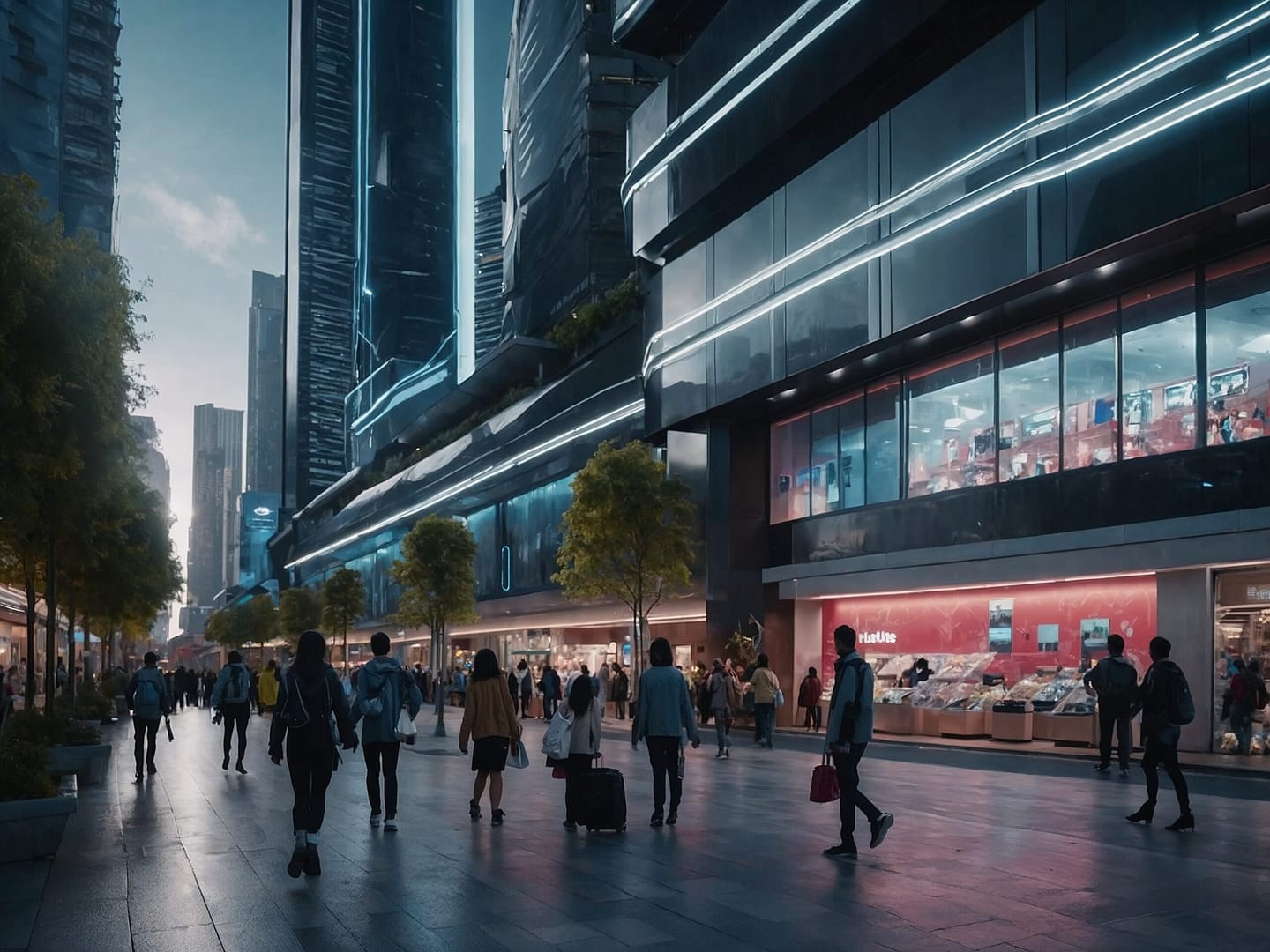How Futuristic Products Are Changing Global Trade
The future of global trade is about to look very different. As technology continues to advance at an exponential pace, we’re seeing the rise of products that were once confined to the pages of science fiction. These futuristic innovations aren’t just changing what we buy—they’re revolutionizing how products are manufactured, transported, and sold across international markets.
From hyper-intelligent materials to AI-powered supply chains, the next wave of futuristic products will reshape global commerce in ways we can barely predict. Let’s take a look at ten groundbreaking inventions that could disrupt international trade in the near future, along with their real-world applications, challenges, and industry impacts.
1. Self-Assembling Furniture
Imagine ordering a new couch online and receiving a small, compact box. Instead of spending hours putting it together, the furniture assembles itself. Using shape-memory polymers and nanotechnology, self-assembling furniture will revolutionize manufacturing, shipping, and assembly processes. Since these items take up minimal space when packed, transportation costs will decrease significantly, making global trade more efficient.
Real-World Applications: Companies like Ikea and startups in material science are already researching self-assembling materials. We could see commercial products within the next 10-15 years.
Challenges: Regulatory concerns, high initial costs, and ensuring durability for long-term use.
2. Atmospheric Water Harvesters
Water scarcity is a major global issue, but futuristic atmospheric water harvesters could change that. These devices extract moisture from the air and convert it into clean, drinkable water—anywhere in the world. Companies could manufacture these devices and ship them globally to areas in need, completely transforming water accessibility in international trade and humanitarian efforts.
Industry Impact: Countries facing water shortages will benefit from increased accessibility, reducing dependency on imported bottled water.
Challenges: Energy efficiency and production costs remain key hurdles.
3. AI-Powered Shopping Assistants
Forget scrolling through endless product listings. In the future, AI-powered shopping assistants will handle online purchases with unprecedented precision. These AI agents, integrated into augmented reality (AR) glasses, will instantly analyze your preferences, scan available inventory worldwide, and negotiate with suppliers in real time. This will streamline global commerce by allowing consumers to source products more efficiently and at better prices.
Current Developments: AI-driven personal shoppers already exist in beta stages, with major companies like Amazon investing in AI shopping.
Challenges: Privacy concerns and data security remain top concerns.
4. Ultra-Compact Molecular Food Printers
Food production and trade could be turned upside down with the introduction of molecular food printers. Unlike today’s 3D-printed food, these devices will use programmable nanotechnology to construct meals at the molecular level. Want sushi? Your printer assembles it instantly, using stored proteins, carbs, and fats. This technology could reduce reliance on traditional agriculture and revolutionize global food supply chains.
Future Potential: Scientists predict commercial versions by 2040, reducing the need for large-scale farming.
Challenges: Regulatory approval, ethical concerns, and acceptance by the general public.
5. Zero-Gravity Manufacturing Hubs
With the rise of commercial space travel, zero-gravity manufacturing will become a reality. Space-based factories will allow for the production of high-quality materials that are impossible to create on Earth, such as flawless fiber optics, ultra-pure pharmaceuticals, and stronger, lighter metals. These products will enter global trade channels at premium prices, potentially redefining supply chains and trade regulations.
Industry Reactions: NASA and private firms like SpaceX and Blue Origin are investing heavily in orbital manufacturing research.
Challenges: High costs, logistics, and potential space debris hazards.
6. Self-Healing Construction Materials
Buildings, roads, and bridges constantly require repairs, but what if they could fix themselves? Using bioengineered bacteria and nanomaterials, self-healing concrete and metals will automatically repair cracks and structural damage. These materials will reduce maintenance costs and revolutionize the construction trade, making international infrastructure projects more sustainable and cost-effective.




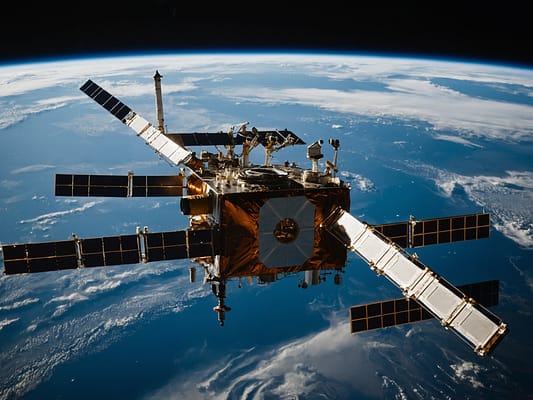

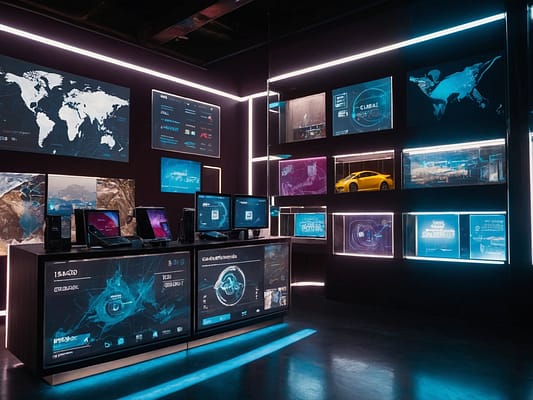
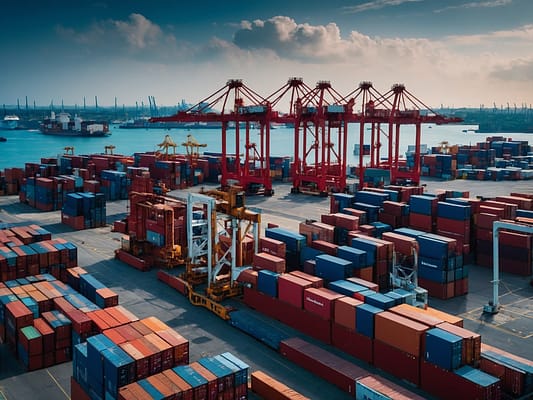

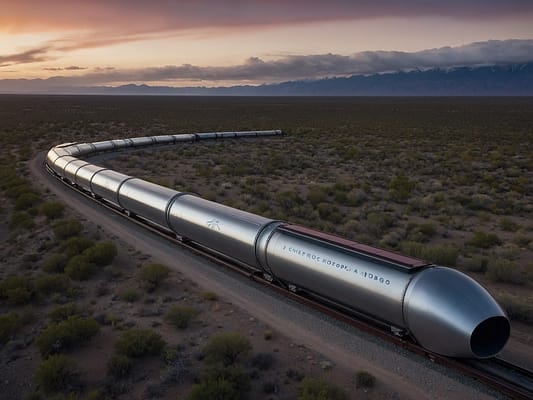


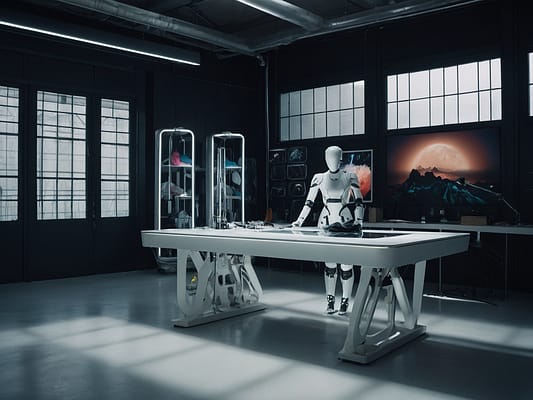
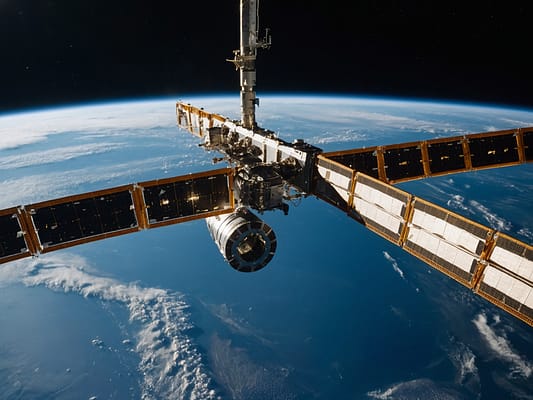

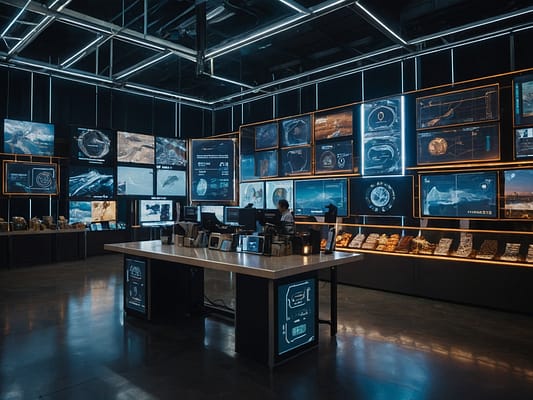
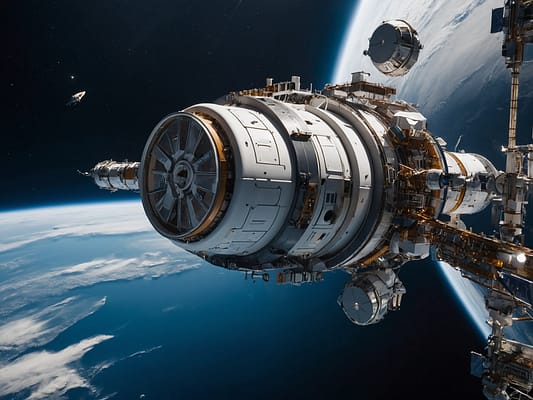
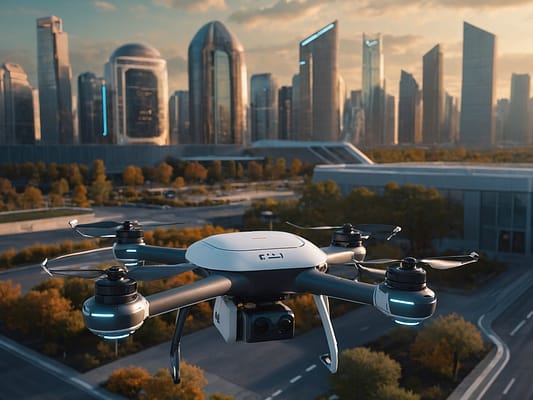
Global shipping is about to get much faster. Hyperloop freight systems—high-speed, vacuum-sealed tube networks—will allow goods to travel at near-supersonic speeds. Imagine receiving a package from China to the U.S. in under three hours. This innovation will cut transportation times drastically, leading to reduced costs and a major shift in global trade dynamics.
Industry Impact: Major logistics companies are already testing hyperloop freight systems.
Challenges: Infrastructure investment and government regulations.
8. Bioengineered Luxury Goods
What if diamonds, silk, and even rare spices could be grown in a lab? Scientists are already making progress in bioengineered materials, and in the future, we may see lab-grown versions of rare, high-value commodities. This could disrupt entire industries, reducing the need for traditional mining, farming, and luxury trade while creating more sustainable and ethical alternatives.
9. Personalized AI-Designed Clothing
Instead of mass-producing clothes, future fashion could be fully personalized. AI-driven clothing printers will analyze an individual’s preferences, generate designs instantly, and print garments on demand using recyclable materials. This would eliminate overproduction, transform supply chains, and shift the fashion industry from traditional manufacturing hubs to localized, on-demand production centers.
10. Energy-Generating Roads
Futuristic roadways will do more than just support vehicles. Built with kinetic energy-harvesting technology and solar-absorbing materials, these smart roads will generate electricity as cars drive over them. Countries exporting and importing these materials will reshape the global energy market, allowing cities to become more self-sufficient and less reliant on traditional powergrids.
A Global Shift
These ten futuristic inventions represent just a fraction of the changes coming to global trade. As these technologies become mainstream, we’ll see shifts in supply chains, new regulations, and entirely new markets emerging. Countries that adapt quickly will gain an edge in the evolving global economy, while those that resist change may struggle to keep up.
What do you think? Which of these futuristic products excites you the most? Share your thoughts in the comments below!

